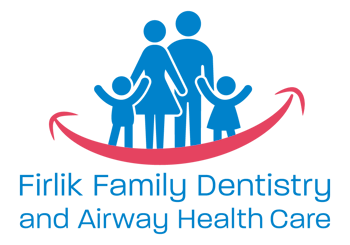Braces are orthodontic devices used to correct misaligned teeth and jaws. They consist of brackets affixed to the teeth, connected by wires and occasionally elastics, which apply gentle pressure over time to guide teeth into their proper positions. This gradual adjustment not only enhances the appearance of the smile but also improves overall dental health.
The primary reasons for using braces include correcting crooked or crowded teeth, closing gaps, and addressing bite issues such as overbites, underbites, and crossbites. Properly aligned teeth are easier to clean, reducing the risk of cavities, gum disease, and other oral health problems. Additionally, correcting bite issues can alleviate discomfort and prevent long-term complications, such as jaw pain and uneven wear on teeth.
The benefits of braces extend beyond aesthetics. Patients often experience a significant boost in self-confidence due to their improved smiles. Functionally, well-aligned teeth contribute to better chewing and speech.
In summary, braces are a vital tool in orthodontics, offering both health and cosmetic benefits. By addressing dental misalignments, they contribute to a healthier mouth and a more confident smile, enhancing patients’ overall quality of life.
Braces are orthodontic devices used to correct misaligned teeth and jaws. They consist of brackets affixed to the teeth, connected by wires and occasionally elastics, which apply gentle pressure over time to guide teeth into their proper positions. This gradual adjustment not only enhances the appearance of the smile but also improves overall dental health.
The primary reasons for using braces include correcting crooked or crowded teeth, closing gaps, and addressing bite issues such as overbites, underbites, and crossbites. Properly aligned teeth are easier to clean, reducing the risk of cavities, gum disease, and other oral health problems. Additionally, correcting bite issues can alleviate discomfort and prevent long-term complications, such as jaw pain and uneven wear on teeth.
The benefits of braces extend beyond aesthetics. Patients often experience a significant boost in self-confidence due to their improved smiles. Functionally, well-aligned teeth contribute to better chewing and speech.
In summary, braces are a vital tool in orthodontics, offering both health and cosmetic benefits. By addressing dental misalignments, they contribute to a healthier mouth and a more confident smile, enhancing patients’ overall quality of life.


